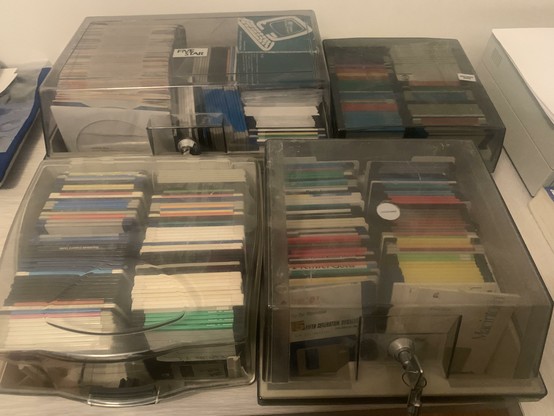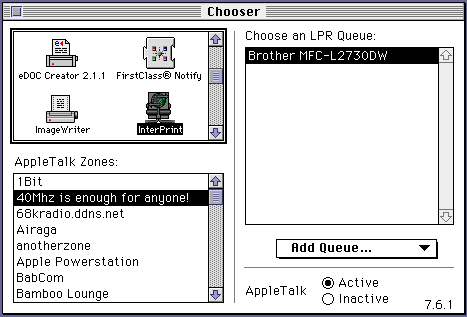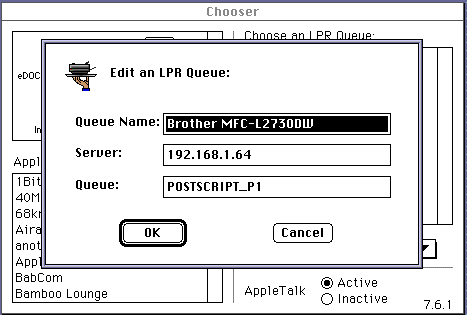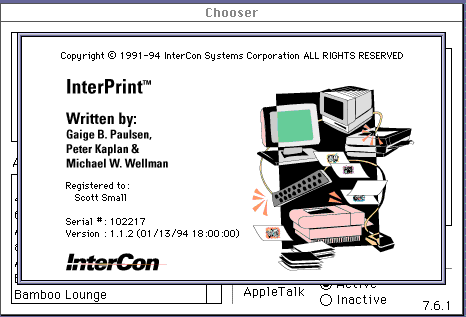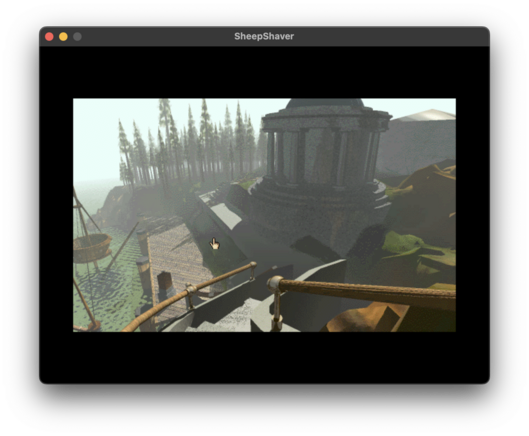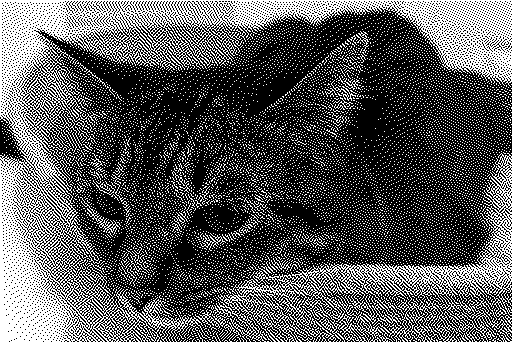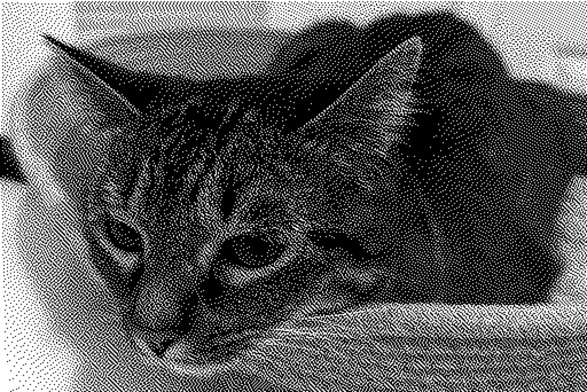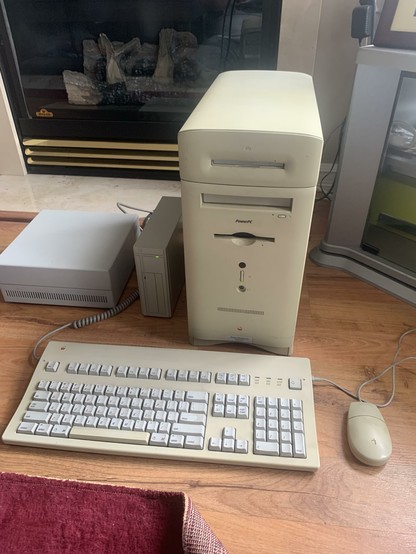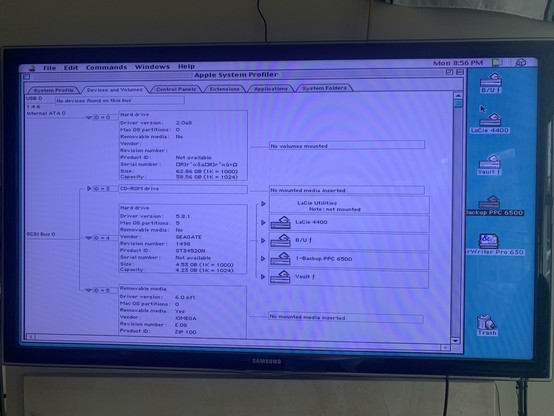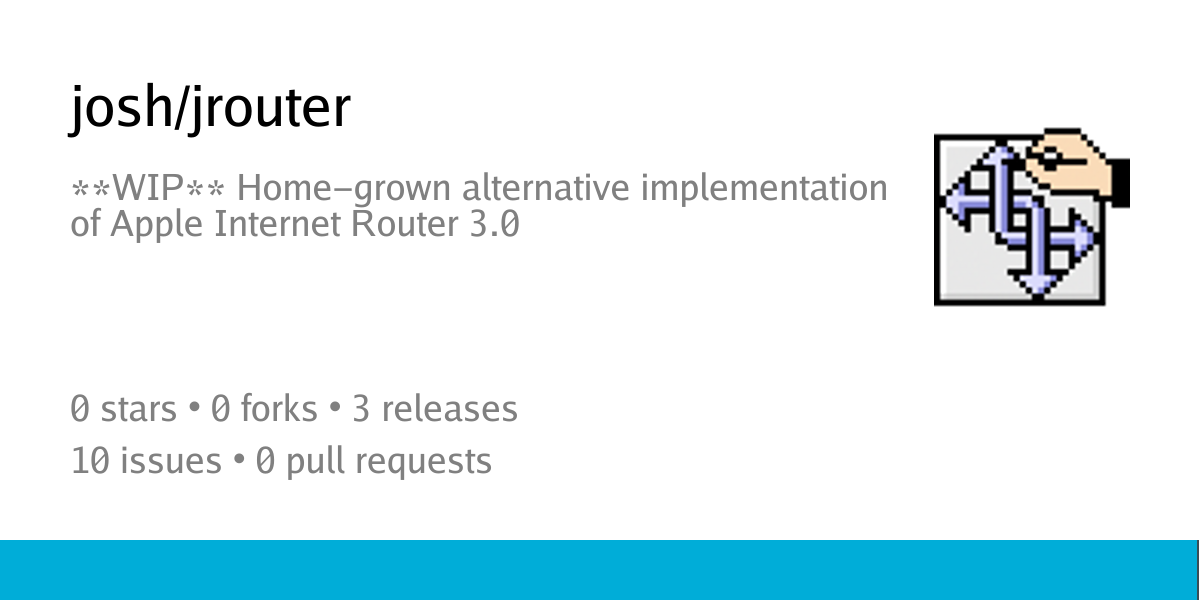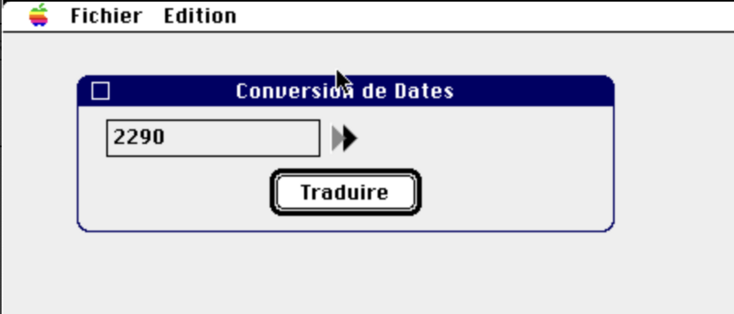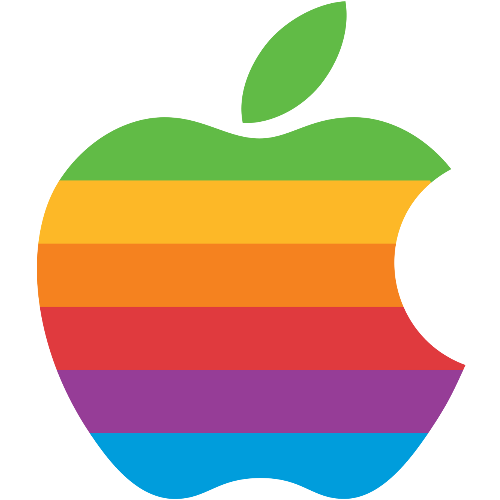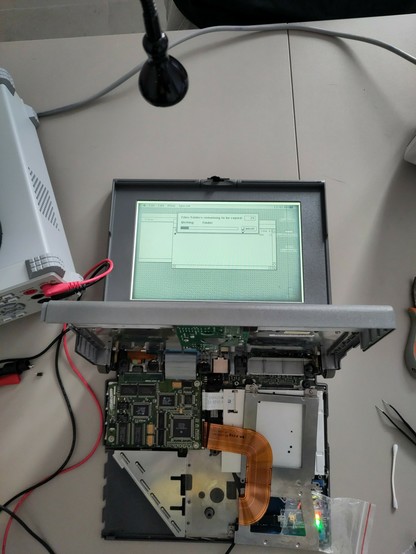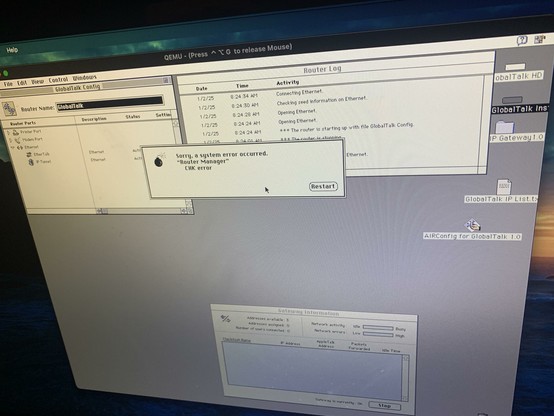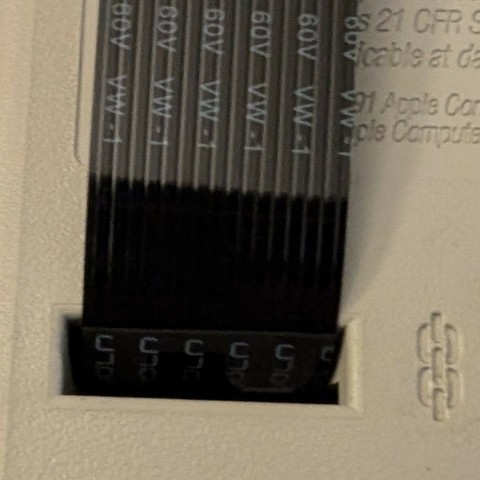I've been using a pair of Vonets Wifi bridges from Amazon as part of my Mac #RetroComputing setup for a while now.
The reason for this is because my ISP's router lives in a closet which is quite a distance away from my office, where my old computers live.
It's well known that most Wifi routers aren't able to properly route AppleTalk packets. Unfortunately, mine is one of those routers. So my Mac mini, running a QEMU VM with Mac OS 7.1, isn't able to bridge #GlobalTalk with the rest of my LocalTalk network, when QEMU is bridged to the built-in Wifi.
This is where the Vonets Wifi bridge comes in. It _does_ support properly routing AppleTalk packets. So if I plug it into my Mac Mini's Ethernet port, and bridge QEMU to the Ethernet port, I now have AppleTalk working over Wifi, and the LocalTalk services running on my NAS and Raspberry Pi can see GlobalTalk (and vice versa).
(I've got a second Vonets Wifi bridge plugged into my IIfx as well - since there's no native Wifi NuBus cards for vintage Macs  The IIfx is connected with LocalTalk - via NeitherNet - to my Mac SE and Apple IIgs, and it runs the LocalTalk Bridge control panel, enabling the other machines to see GlobalTalk and the Pi and NAS as well)
The IIfx is connected with LocalTalk - via NeitherNet - to my Mac SE and Apple IIgs, and it runs the LocalTalk Bridge control panel, enabling the other machines to see GlobalTalk and the Pi and NAS as well)
These Vonets Wifi bridges work really well, but they're not _perfect_. I learned a while back that they still mangle AppleTalk DDP packets by appending junk data to the end. This doesn't seem to effect the Mac OS implementation of AppleTalk at all, or any Apple software such as the Apple Internet Router or Apple IP Gateway.
It does, however, impact third-party software. When I tried jrouter last summer, it didnt work for me until a patch was made to strip the junk data from AppleTalk packets (https://gitea.drjosh.dev/josh/jrouter/commit/2f1b4c1ce18d8d752b3b1f0c565417b61771f510). This also affects TashRouter and MultiTalk, which I've never been able to get working on my network, because they both drop packets which have a mismatch between the length header and the actual size of the packet.
Anyway, I'd like to be able to use TashRouter or MultiTalk at some point, so that I can bridge my LocalTalk and EtherTalk networks with LToverUDP and share files easier with Mini vMac. It's not a _huge_ deal, but I felt like exploring this a little bit today.
I've heard that the DD-WRT open source router firmware is able to properly handle AppleTalk packets over Wifi, so today I dug out an old Linksys router (the WRT400N), installed the latest DD-WRT firmware on it, and configured it in Station Bridge mode. My thought was that if this works it could replace _both_ of my Vonets bridges.
But unfortunately, it didn't. After connecting my Mac mini up to the Linksys router and bridging QEMU to it, it couldn't see any AppleShare servers at all. Tried with the IIfx as well, same result. So I guess the "DD-WRT properly handles AppleTalk packets" comment only applies to certain routers, or certain router configurations.
So, ultimately I ended up right back where I started...but I learned a lot today 
I've got another old router laying around too, so maybe I'll try that one another weekend?


